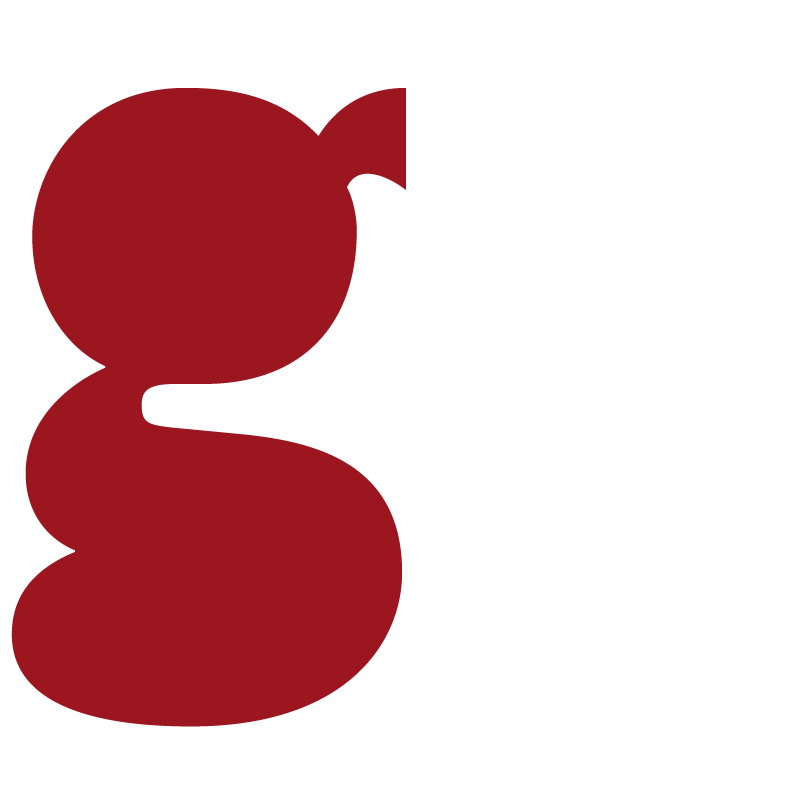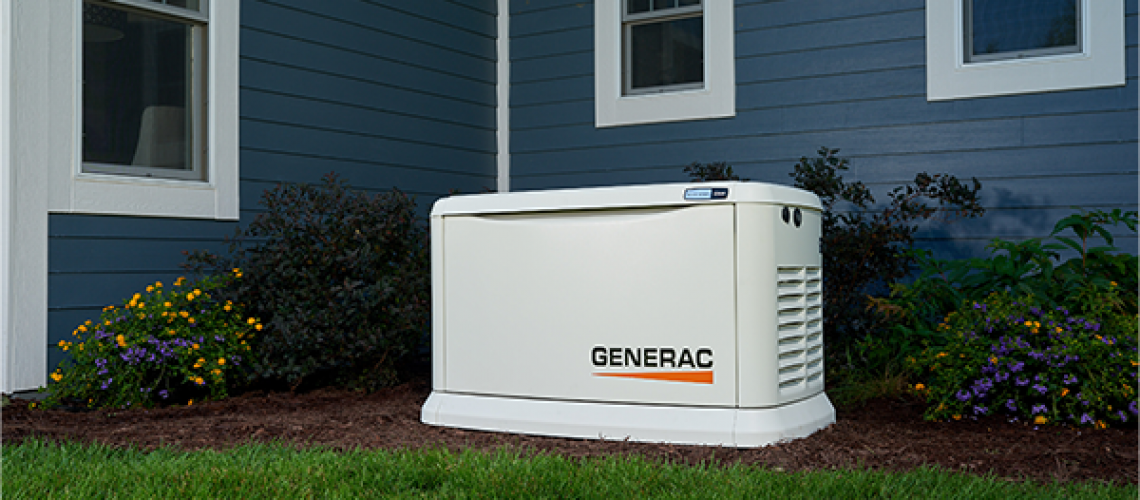Power outages are already a nuisance, and with the weather becoming more severe, they’re likely to become more common over time. Having an extra generator at home can help you out, restoring power to the essentials and keeping you safe and comfortable until things come back online. However, not everyone understands how to hook up a generator to their house. Check out this step-by-step guide for setting up a generator for your home so you’re not left in the dark.
What Types of Generators Can You Use at Home?
When deciding on a generator for your home, you’ll likely be choosing between the two main types on the market: portable generators and standby generators.
Portable generators are a flexible and budget-friendly choice for temporary power needs. They run on gasoline or diesel and can be moved as needed. However, they require manual setup and regular refueling. While ideal for short-term use or smaller homes, they might not suffice for larger properties or prolonged outages.
Standby generators, in contrast, are installed permanently outside and connect directly to your home’s electrical system. They kick in automatically during outages and run on natural gas or propane, providing seamless power without manual effort. Though they come with a higher initial cost, standby generators offer unmatched convenience and reliability, especially for homes with critical power needs or in areas with frequent outages.
How to Connect a Generator to Your House Safely?
Safety should be your top priority when connecting a generator to your home. Incorrect installation can lead to severe risks like electrical shocks, fires, and damage to your appliances. Follow all safety guidelines and comply with local codes to protect your home and ensure the safety of utility workers.
Use a Transfer Switch
A transfer switch is necessary to connect a generator to your home safely. It allows you to switch power sources from the utility grid to your generator without risking backfeeding electricity into the grid. Backfeeding is dangerous, posing threats to utility workers and potentially causing electrical fires. A transfer switch ensures that the generator’s power is directed solely to your home, offering a secure and efficient way to manage energy during outages.
Avoid Backfeeding
Backfeeding happens when a generator is connected directly to a home’s wiring without a transfer switch. This practice is illegal and unsafe, as it can energize external power lines, endangering utility workers. It can also harm your generator and your home’s electrical system. Always use a transfer switch to prevent these hazards and adhere to safety regulations.
What Are the Basic Steps for Generator Setup?
Setting up a generator involves several crucial steps to ensure it operates safely and efficiently, which include:
- Choose the right location: Position the generator outdoors on a stable, level surface, away from windows and doors to prevent carbon monoxide buildup.
- Install a transfer switch: Have a qualified electrician install a transfer switch to connect the generator safely to your home’s electrical system.
- Connect the generator: Use the correct cords and connectors to link the generator to the transfer switch.
- Test the system: Run the generator to check that everything is working properly and that power is being safely directed to your home.
- Perform regular maintenance: Follow the manufacturer’s maintenance schedule to keep your generator in good condition.
Why Consider Professional Installation and Maintenance?
Professional installation and maintenance offer several benefits for homeowners who integrate a generator into their power system. Certified technicians ensure the generator is installed correctly and in line with local codes, minimizing safety risks. Professional services also include regular maintenance checks, which you need to keep your generator reliable and efficient.
Generator Supercenter of Sarasota specializes in expert installation and maintenance services. Our experienced team provides tailored solutions to meet your specific power needs, ensuring your home stays powered during any outage.
Keep Your Home Powered With a Reliable Generator
Knowing how to connect a generator to your house is the only way to ensure safety and reliability during power outages. Choosing the right generator type and following proper installation procedures allows you to protect your home and maintain comfort during emergencies. For more information or to schedule a consultation, contact us at Generator Supercenter of Sarasota for expert installation and maintenance services.



